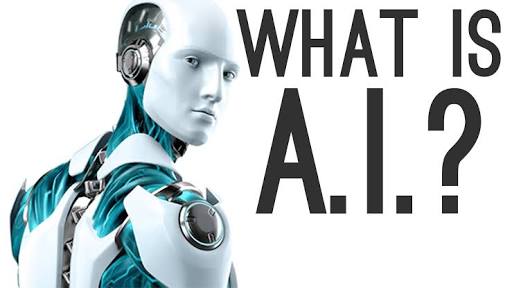Artificial intelligence 2018
Artificial intelligence:
.jpg)
the theory and development of computer systems able to perform tasks normally requiring human intelligence, such as visual perception, speech recognition, decision-making, and translation between languages.
Artificial intelligence was founded as an academic discipline in 1956, and in the years since has experienced several waves of optimism,[ followed by disappointment and the loss of funding (known as an "AI winter"),followed by new approaches, success and renewed funding.For most of its history, AI research has been divided into subfields that often fail to communicate with each other.These sub-fields are based on technical considerations, such as particular goals (e.g. "robotics" or "machine learning"), the use of particular tools ("logic" or "neural networks"), or deep philosophical differences.Subfields have also been based on social factors (particular institutions or the work of particular researchers).
.jpg)
In the twenty-first century, AI techniques have experienced a resurgence following concurrent advances in computer power, large amounts of data, and theoretical understanding; and AI techniques have become an essential part of the technology industry, helping to solve many challenging problems in computer science.
Probems:
The overall research goal of artificial intelligence is to create technology that allows computers and machines to function in an intelligent manner. The general problem of simulating (or creating) intelligence has been broken down into sub-problems. These consist of particular traits or capabilities that researchers expect an intelligent system to display. The traits described below have received the most attention.
Platforms:
A platform (or "computing platform") is defined as "some sort of hardware architecture or software framework (including application frameworks), that allows software to run". As Rodney Brooks pointed out many years ago, it is not just the artificial intelligence software that defines the AI features of the platform, but rather the actual platform itself that affects the AI that results, i.e., there needs to be work in AI problems on real-world platforms rather than in isolation.
A wide variety of platforms has allowed different aspects of AI to develop, ranging from expert systems such as Cyc to deep-learning frameworks to robot platforms such as the Roomba with open interface. Recent advances in deep artificial neural networks and distributed computing have led to a proliferation of software libraries, including Deeplearning4j, TensorFlow, Theano and Torch.
Collective AI is a platform architecture that combines individual AI into a collective entity, in order to achieve global results from individual behaviors.With its collective structure, developers can crowdsource information and extend the functionality of existing AI domains on the platform for their own use, as well as continue to create and share new domains and capabilities for the wider community and greater good.As developers continue to contribute, the overall platform grows more intelligent and is able to perform more requests, providing a scalable model for greater communal benefit.Organizations like SoundHound Inc. and the Harvard John A. Paulson School of Engineering and Applied Sciences have used this collaborative AI model.
How does artificial intelligence effect your life.
Congratulations @mohammad786! You have completed some achievement on Steemit and have been rewarded with new badge(s) :
Click on any badge to view your own Board of Honor on SteemitBoard.
For more information about SteemitBoard, click here
If you no longer want to receive notifications, reply to this comment with the word
STOP